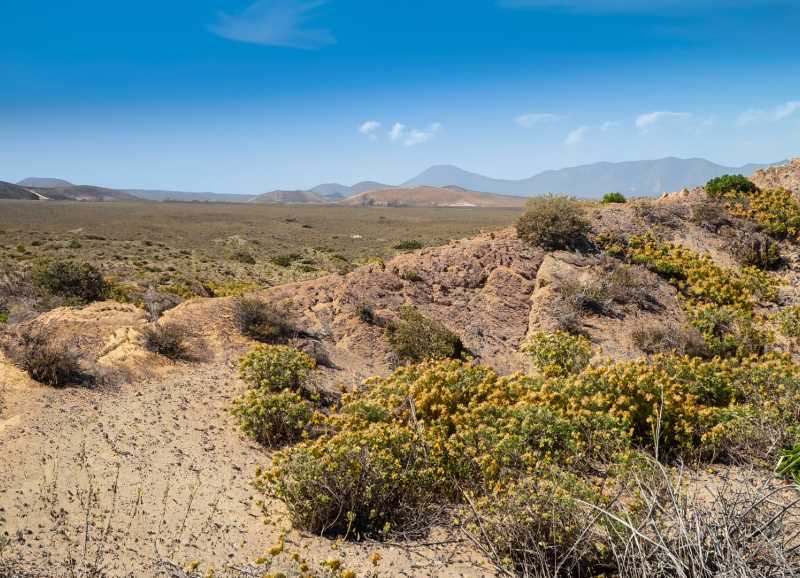Understanding the Unique Climate and Ecosystem Dynamics of Bahía de Los Ángeles
Bahía de Los Ángeles stands as a testament to nature's adaptability amidst extreme aridity and unpredictable rainfall. With a unique resilience to the El Niño Southern Oscillation and a rich ecosystem anchored by species like the anchoveta fish, it showcases nature's balance in harsh conditions.

The Bahía de Los Ángeles region is a study in contrasts – from its arid climate to its bimodal rainfall, from its unique weather patterns influenced by global phenomena to its role as a refuge during natural disturbances. The insights provided by this region serve as a reminder of nature's unpredictability and the need to respect and understand the delicate balances that sustain diverse ecosystems.
I. Climate Profile
Bahía de Los Ángeles, nestled in the heart of a distinct climatic zone, stands as a testament to nature's ability to sustain diversity even in the most challenging circumstances. This region is characterized by:




